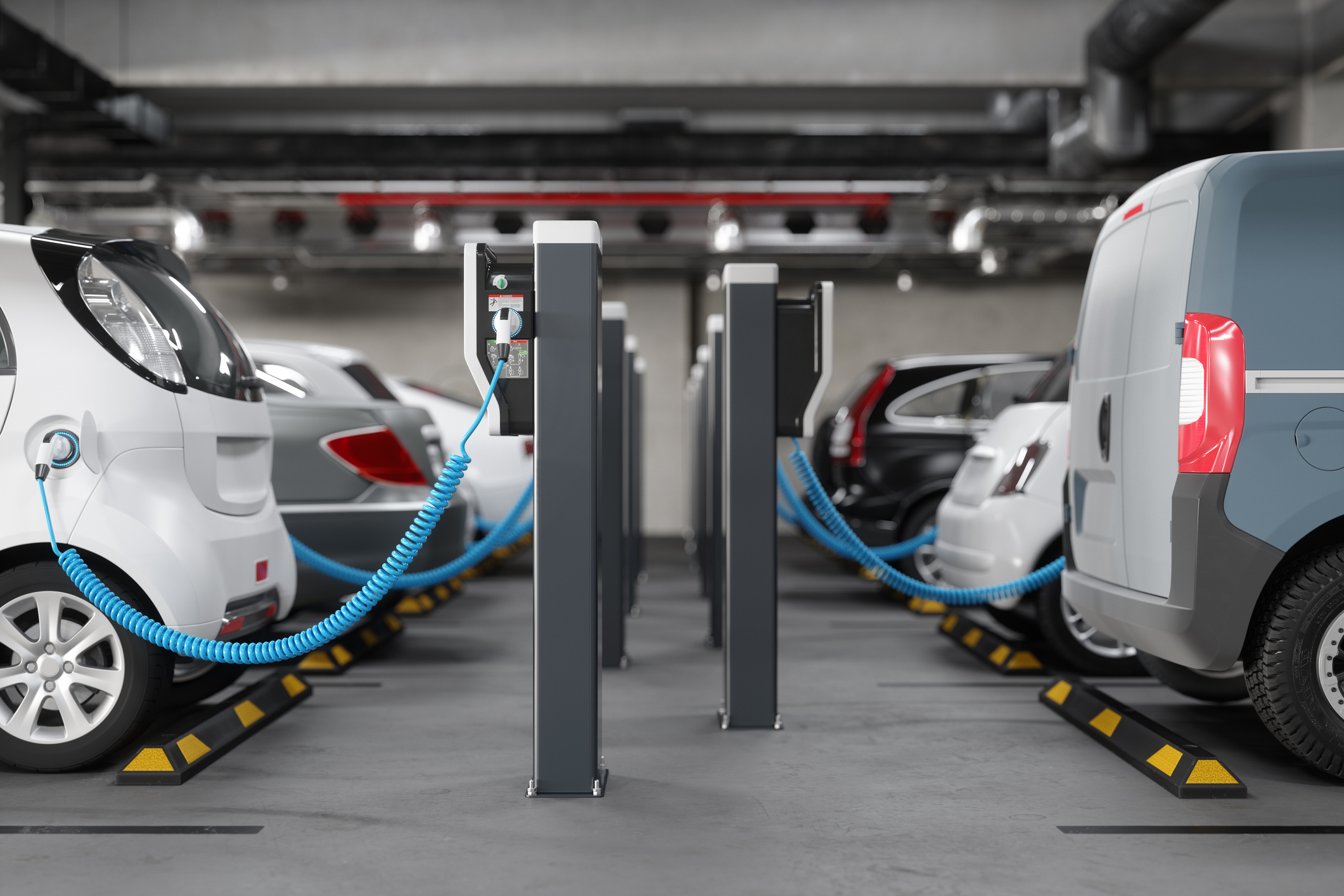The electric vehicle market has grown exponentially over the last several years, with analysts anticipating a 16% market growth by 2035. In the U.S., that growth could increase beyond that figure after the 2022 presidential mandate to increase EV manufacturing to account for 50% of all new vehicles by 2030. Combined with the Inflation Reduction Act and Bipartisan Infrastructure Law, which will help fund EV charging infrastructure across the country, and electric vehicle market growth promises to reward utilities that embrace EV charging paradigms as a demand flexibility strategy.
What Electric Vehicle Market Value Means For Utilities
In July 2020, Tesla overtook Toyota as the world’s most valuable car manufacturer, a trend that has continued to 2023 in part from revenues generated from selling regulatory credits and other energy products. Even though Toyota produces 20 times more vehicles, Tesla’s 2020 market capitalization was $207 billion compared to just over $200 billion for Toyota. This consistent and escalating market value demonstrates not only industry growth, but consumer interest.
With more electric vehicles on the road and more to come, utilities face a paradigm shift in energy usage; at the moment the global electric vehicle fleet accounts for approximately 0.5% of electricity consumption and that number will continue to grow, likely much faster than it may seem. Research indicates that electric vehicles could require a global demand between 525 and 860 TWh of electricity by 2030, mirroring U.S. manufacturing mandates.
Industry Growth & Infrastructure
Given the potential size of the electric vehicle market, it’s no surprise that traditional automakers are planning big investments to catch Tesla and the other EV upstarts. The Smart Electric Power Alliance (SEPA) forecasts that nearly 10 million EV charging ports will be needed by 2030 to accommodate all the electric vehicles on the road, a number that has ballooned in the interim years to 28 million ports.
To meet demand, utilities are faced with either expanding their transmission and distribution infrastructure and/or implementing viable non-wires alternatives demand flexibility strategies to better handle increased electricity demand. At the moment, upgrading the grid to meet modern needs would cost approximately $5 trillion dollars, 21.44% of the current U.S. GDP, a costly proposition that will only increase with time. Fortunately, EV managed charging initiatives, a strategy that mirrors demand response by shifting load to off-peak hours of demand, conserving energy when it’s needed the most.
The Future of Electric Vehicle Charging

There are many opportunities for utilities to better manage electric vehicles. For EV charging off-peak conservation strategies, utilities can employ localized dispatch to better distribute energy savings over a large service area to minimize disrupting customer routines. For example, through localized dispatch, utilities may run EV programs specifically in areas with a particularly dense population of engaged and enrolled program participants, while running complementary or parallel demand flexibility programs elsewhere as needed. In this example, the total load shift could be minimized and spread out between programs to mitigate disruptive events that may discourage future participation. Likewise, localized dispatch may be employed in areas with unique infrastructure challenges—think pain points along the grid—to better manage continuity of service.
Similar to EV charging strategies, utilities may also employ vehicle-to-grid (V2G) reciprocal charging functionality for electric vehicles. V2G charging is a bidirectional charging scheme that allows utilities to not only curtail usage during peak demand, but to pull energy from EV batteries to strengthen the grid. After peak demand hours, utilities can use the same program to recharge any energies used during that time frame, often without any disruption to customers.
Let’s look at how EV charging has benefitted Green Mountain Power (GMP), who employed their own electric vehicle pilot in 2019.
What The GMP Pilot Can Tell Us
A 2019 SEPA report highlighting EV charging programs demonstrated that work on maximizing the value of electric vehicles is essential to modernizing the grid. The GMP pilot highlighted by SEPA was designed to optimize the grid and to create value through electric vehicle charger controls. From the start, GMP and Virtual Peaker faced two significant challenges: how to manage and simplify often complex time-of-use (TOU) rates, and how to demonstrate the individual—and system-wide—benefits of off-peak EV charging, a feat achieved through machine learning. One successful measure of the GMP pilot: when participating customers were given the choice to pay more to avoid the personal disruption of not charging their EVs during peak hours, they only opted out at the incredibly low rate of only 1.1%!
Driving Revenue & Customer Satisfaction in the Electric Vehicle Market Conclusion
While electrification and decarbonization efforts have posed challenges to utilities through an increased grid load and decreased commitment to fossil fuels, distributed energy resources like electric vehicles, batteries, solar, and smart home devices like thermostats or water heaters present an opportunity for enterprising utilities. Through smart demand flexibility initiatives, these technologies can transform from challenges to grid assets, community-generated or controllable power sources that allow utilities to expand their load management strategies.
This blog was originally published on March 11, 2021 with updates made on December 1, 2023.






